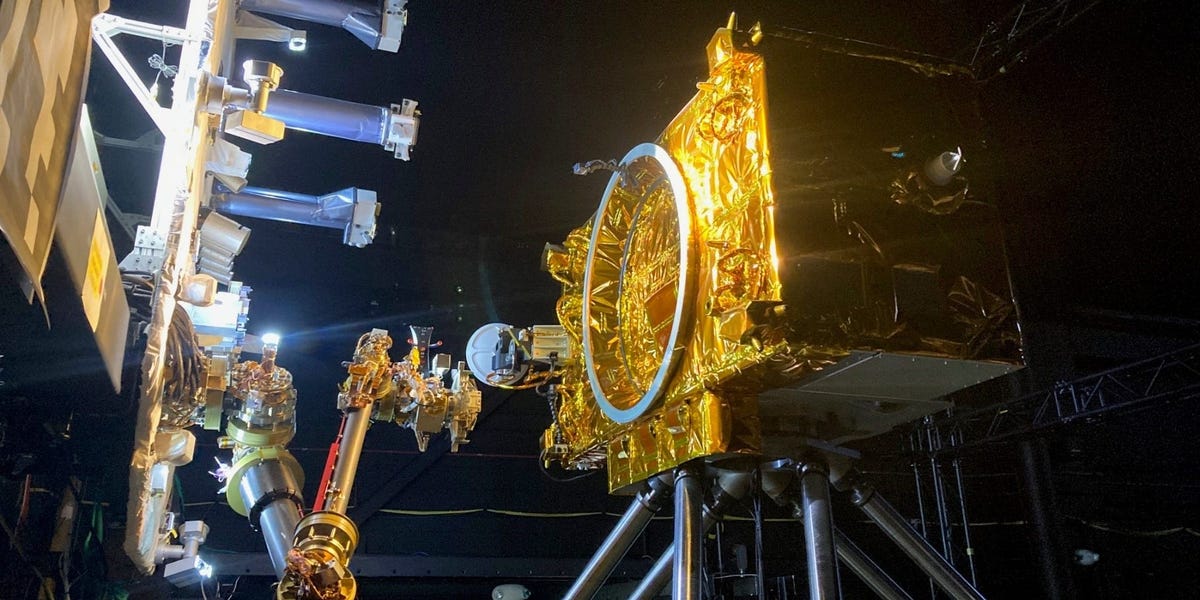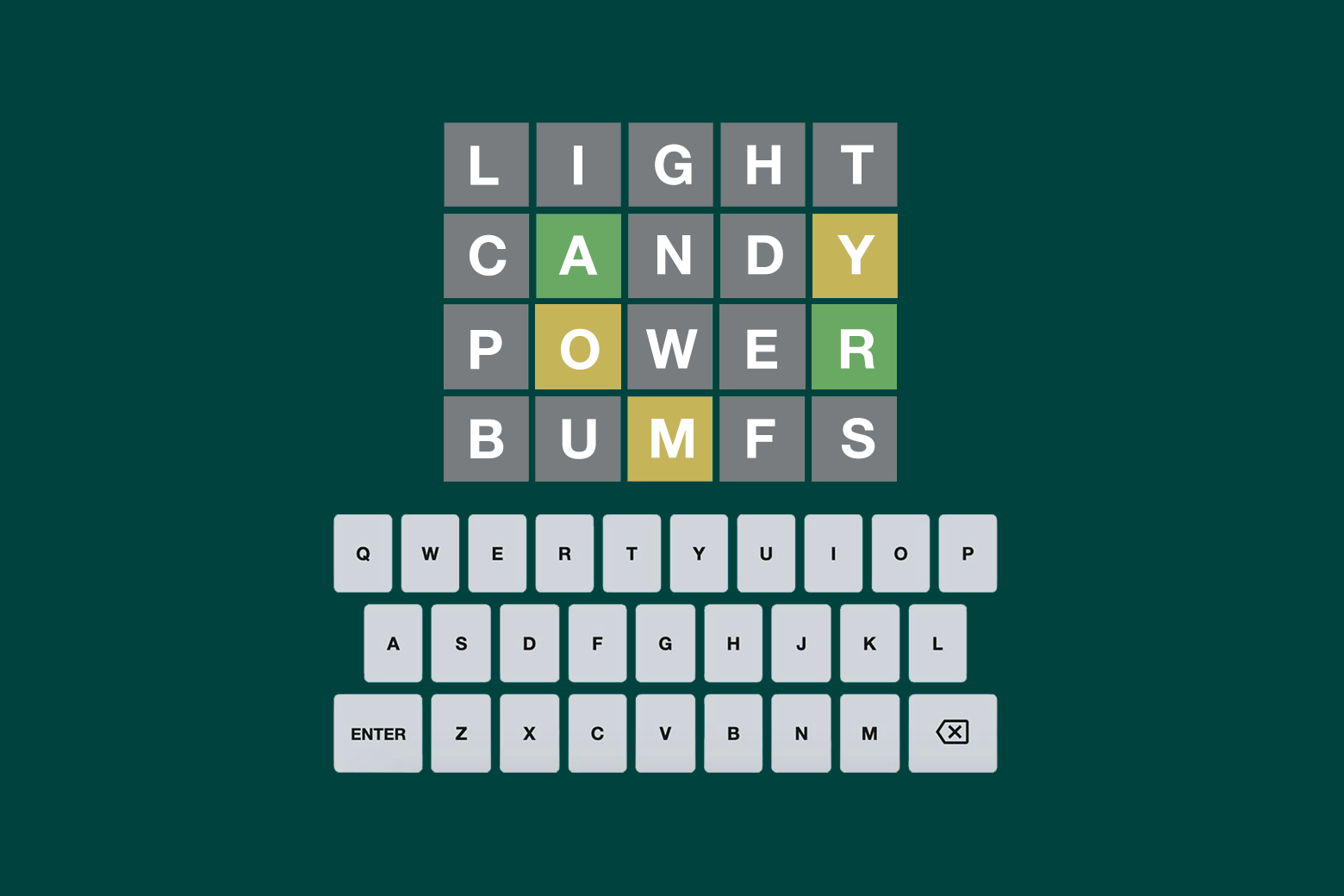The National Aeronautics and Space Administration (NASA) is giving up its mission to refuel old satellites in orbit, putting an end to an ambitious $2 billion project plagued by delays and technical setbacks.
The administration said on Friday that it’s discontinuing the effort after an independent review, citing “continued technical, cost, and schedule challenges.”
The On-orbit Servicing, Assembly, and Manufacturing 1 project, or OSAM-1, aimed to build a robotic arm that could top up satellites that weren’t built for refueling, thereby extending their lifespan.
“Need extra gas or a tune-up for your satellite?” pitched its official webpage.
In development since 2015, it was supposed to launch in 2025, but this was delayed to 2026.
The OSAM-1’s refueling technique seemed almost like brute force. A concept video of the robotic arm, called the Space Infrastructure Dexterous Robot or SPIDER, shows it cutting open a fuel hatch, ripping restraints, and unscrewing a fuel cap — all while in space.
The primary objective was to refuel the Landsat 7, a US satellite launched in 1999 that wasn’t built to be refueled in orbit. The SPIDER could also be used to set up an antenna as a secondary function.
But the space industry as a whole has been pivoting toward satellites already built with refueling capabilities, doing away with the need for such a device, NASA said.
With fears the project might become obsolete, the administration said it was met with the “lack of a committed partner.”
One of the contractors that worked with NASA on the project was California-based Maxar Technologies, which was to provide the spacecraft and robotic arm under contracts worth $316 million.
However, an audit report in October 2023 slammed the contractor, saying its “poor performance” meant NASA had to provide unplanned manpower and engineering support to help it deliver.
The spacecraft was delivered to NASA in September 2023, about two years late. Meanwhile, Maxar also struggled to keep up with deadlines for the SPIDER, and told NASA that it was no longer profiting from their contract work, the audit report said.
Maxar had “significantly underestimated the scope and complexity of the work, lacked full understanding of NASA technical requirements, and were deficient in necessary expertise” to meet NASA’s standards, the report said, adding that the contractor admitted this as well.
The report said Maxar’s delays stemmed from “poor prioritization and staffing,” and that the contractor failed to run required tests ahead of delivery.
The mission’s total cost, which was once estimated to be around $753 million, burgeoned to $2.05 billion by 2022 and was expected to further exceed this budget, the report said.
NASA said it’s working on mitigating the impact of the OSAM-1’s cancellation on staff at the Goddard Space Flight Center in Greenbelt, Maryland.
The agency told CNBC that it had 450 staff and contractors working on OSAM-1, and plans on “supporting project workforce per plan through fiscal year 2024.”
NASA and Maxar did not immediately respond to requests for comment sent outside regular business hours by Business Insider.




